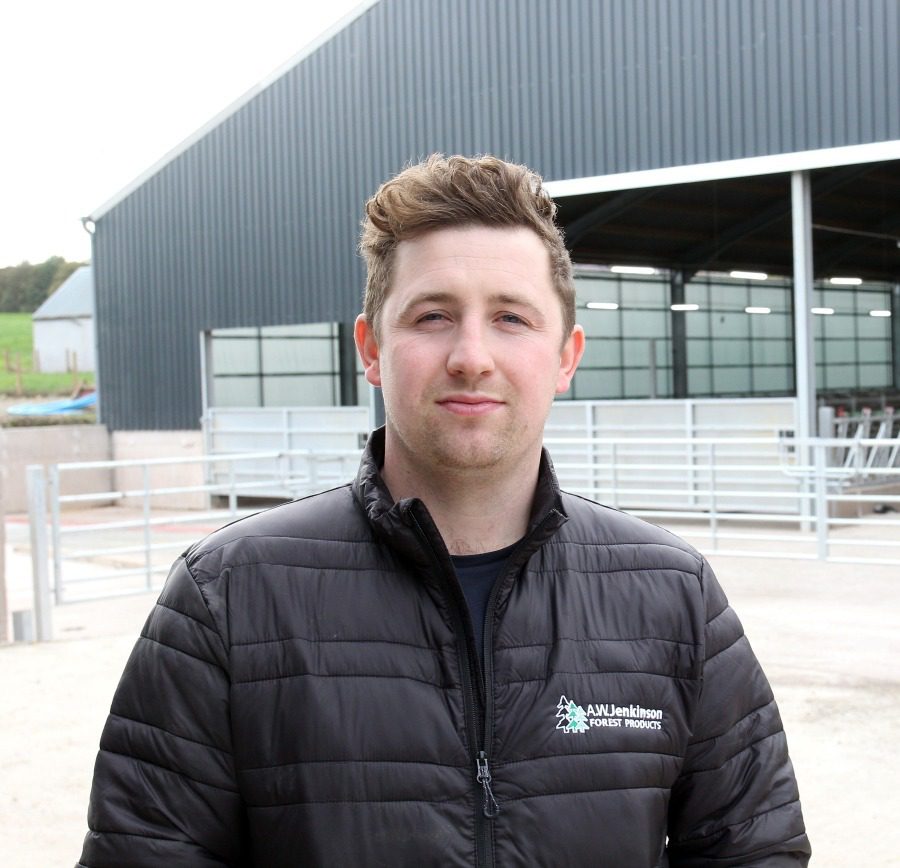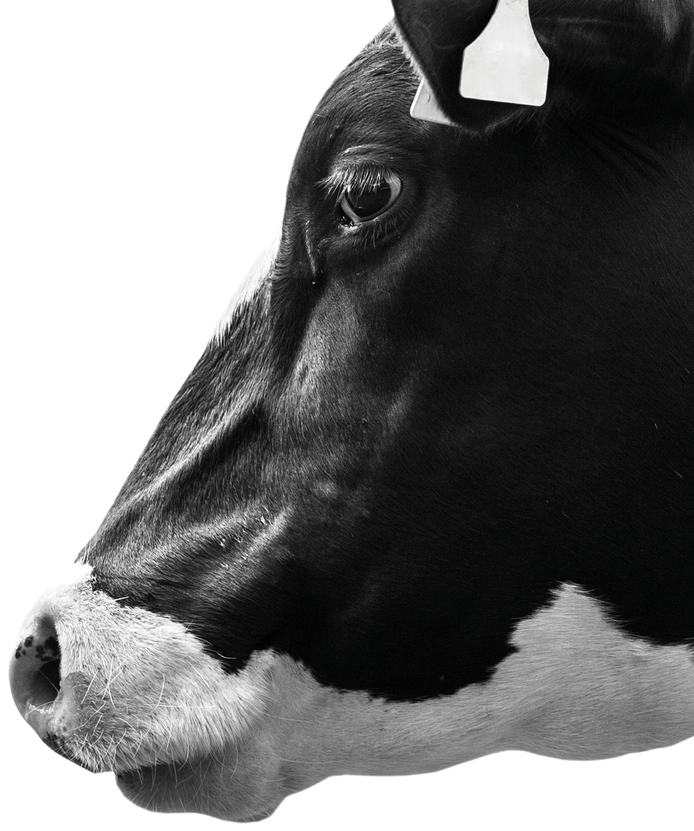Scottish herd reaps the rewards of good health management

High production underpinned by diligent control plans and protocols
Allan and Janice Campbell and their son Robin set the bar high for their 535-cow dairy herd, based in Dumfries and Galloway.
The family is very modest when it comes to the Cally Mains dairy farm’s successes in herd competitions and NMR’s annual production report.
While top yields place them high in production league tables, a herd of healthy, well-managed cows underpins this, and it’s the priority on the 240-hectare dairy unit at Cally Mains, near Castle Douglas. And it’s a team approach with their seven full time and three part time staff, their vet and nutritionist, plus specialist advisers all on side.
The all year-round calving and housed herd is made up of 432 Holsteins and 103 Jerseys, and 370 followers. The combined herds’ average annual milk sold per cow is currently 11,597 litres, at 4.88% fat and 3.52% protein. In May 2025, 3.25kg of milk solids per cow per day were sold.
The introduction of Jerseys in 2016 boosted milk constituents and also took advantage of some smaller cubicles suited to these smaller stature cows. While this was successful, the Campbells have seen significant improvements in milk constituents within the Holsteins, through breeding and feeding, so they’re now phasing out the Jerseys.
Robin works closely with his nutritionist, Joss Fawcett from Kite, to ensure the TMR is consistent and supports their production targets. “Mixing our silage cuts and a semi compact ration that’s soaked overnight to avoid sorting has contributed to higher milk solids,” says Robin.
A continual upgrade of cow sheds means they will create accommodation for more Holstein animals. Last year saw a new close up and dry cow shed completed.
Milk is sold to Arla on an aligned ASDA contract and for the past 18 months they’ve received a bonus for committing to the sustainability programme.
“We have to be very transparent about all aspects of herd management and cow performance; for example, demonstrate low disease and mortality rates, avoid soya in diets, and provide evidence of a high health status supported with routine screening,” says Robin.
“But it rewards us for what we’ve been doing. We’ve not had to make many changes, but we have to maintain these and we can compare ourselves with benchmarks. You can’t take your eye off the ball.”
Achieving sustainability goals with high yielding cows milked three times a day is only possible if the health and fertility of the herd is in good shape.
These key parameters are recorded through NMR, and the information is shared with the farm’s advisers, including the vet, Will McCarthy from Galloway vets.
Access to NMR’s HerdWise reports has been invaluable for developing their Johne’s control plan and maintaining low infection rates, which are well under the National Johne’s Plan’s recommended Average Test Value (ATV) – the industry recognised indicator of a herd’s Johne’s infection rate – of 5.5 which it encourages all herds to reach by 2030.
At the most recent quarterly whole herd test, the Cally Mains Holstein herd’s ATV was 4.2 and Jersey’s 3.5 with only six animals testing positive.
The herd ATV has reduced from 7.5 eight years ago, soon after they added the Jersey cows and, within a year, moved to Cally Mains.
Trends show that levels have dropped and have remained low for the past three years, driven by the identification of high risk cows and implementation of management protocols to block transmission around calving. Increased culling was then adopted as the prevalence went down.
“Johne’s is a horrible disease,” says Robin. “Although we’ve never seen a clinical case of Johne’s we’re suspicious that if a cow has poor feet, doesn’t get back in calf or has other problems Johne’s may well be the underlying issue.”
If a cow does turn Johne’s positive, she’s calved in her own pen and her calf is separated to ensure there’s no spread of infection. She’ll leave the herd at the earliest opportunity, and they won’t breed from any of her progeny.
“Control plans are in place to minimise the risk of any spread, should a cow have a positive test result,” says Will McCarthy “Now, with such low levels, they can afford to cull any suspects and take a hard line.”
He explains that the nature of the diagnostics means it’s impossible to identify Johne’s in cows before they start shredding the bacteria that causes it - Mycobacterium avium subspecies paratuberculosis (MAP).
“We don’t have a really sensitive test, like we do for BVD,” he adds. “So for every cow that is detected with an infection there may be more that we don’t know about.
“This is why there’s no room for complacency, even in herds with low ATVs,” adds Will. The potential of infection from just one cow is huge, and the impact of control plans today will be seen in a few years. If the herd has a low ATV now, but controls slip, the herd could be back in the trenches in three- or four-years’ time.”
He believes that quarterly milk sample screening is the best way of controlling Johne’s. “And access to test results directly from services like HerdWise so we can advise on control plans is really valuable,” he adds.
Udder health also falls under the watchful eye of Will. The herd’s current average SCC is 71,000 cells/ml, and the mastitis rate is seven cases per 100 cows per year.
“The milking routine is excellent, shed hygiene is as good as it can be and constant building upgrades are leading to an even better cow environment,” says Will.
These factors have also contributed to lower antibiotic use, and a selective dry cow therapy programme means that 92% of cows receive no antibiotic dry cow therapy at drying off, only a teat sealant.
Robin also praises the team for low disease rates. “Fewer health issues are better for staff and cows. Our head herdsman Rafal Jednorog, is a stickler for ensuring low cell counts are maintained.”
And preventative controls start early. All calves are vaccinated for IBR and tag-and-tested to screen for BVD. Scrupulous attention to detail in the calf houses by Robin’s fiancé Charlotte Harrison minimises disease risks and ensures youngstock is on course to calve at 23.5 months and at 85% of their mature body weight.
Accurate monitoring, particualrly for fertility – which is monitored swith data from Alta Cow Watch/Nedap cow collars – and herd health, and a proactive attitude to improvements are key to the business at Cally Mains
It’s the sure-footed approach that they hope will future-proof their dairy business. “It’s not all about cups and certificates - although we’re all pleased to receive them of course, but most important for us is working as a team and keeping on track,” adds Robin.
